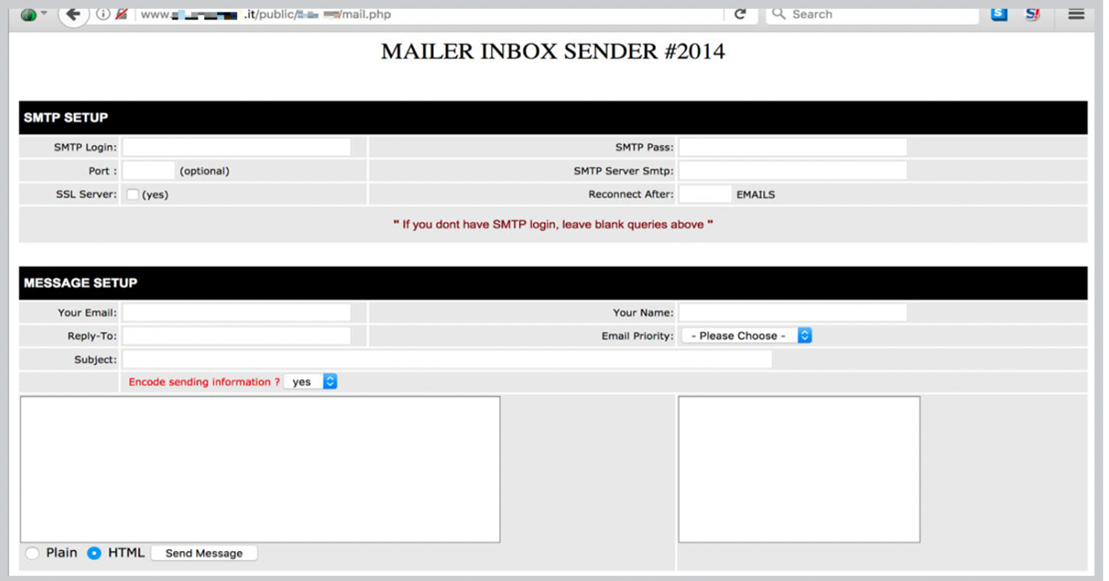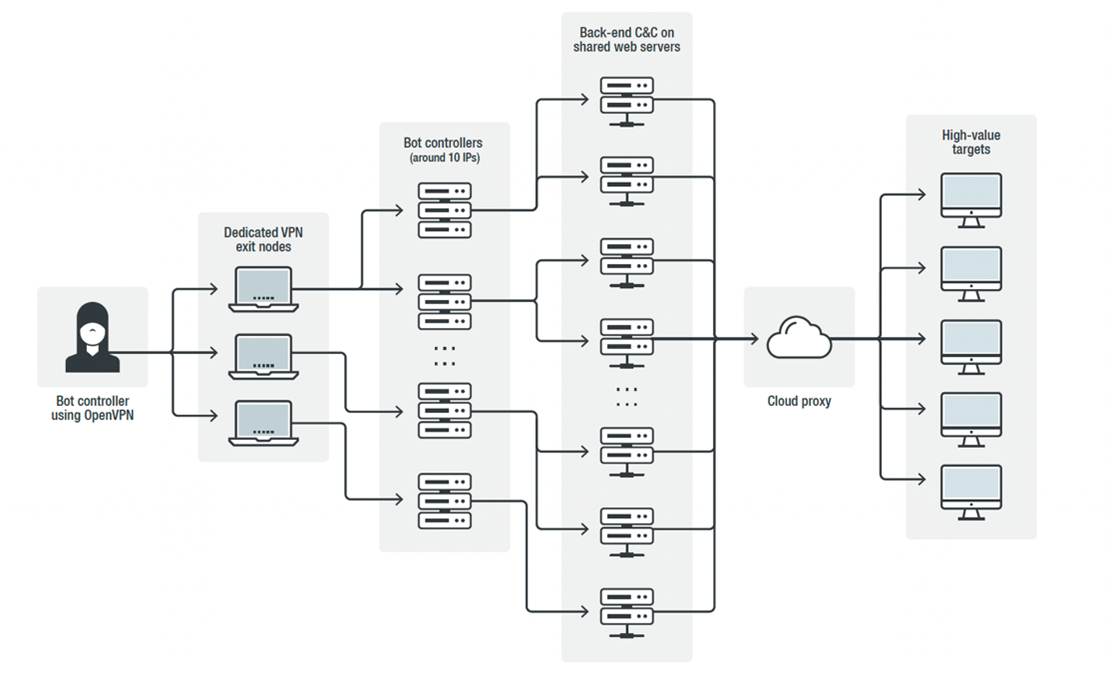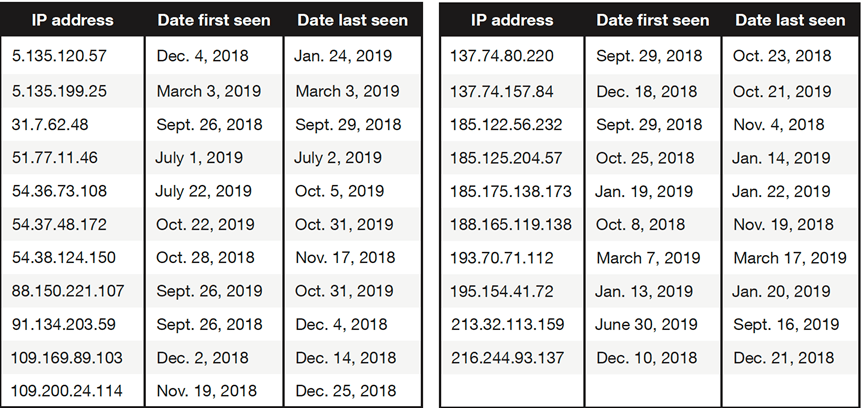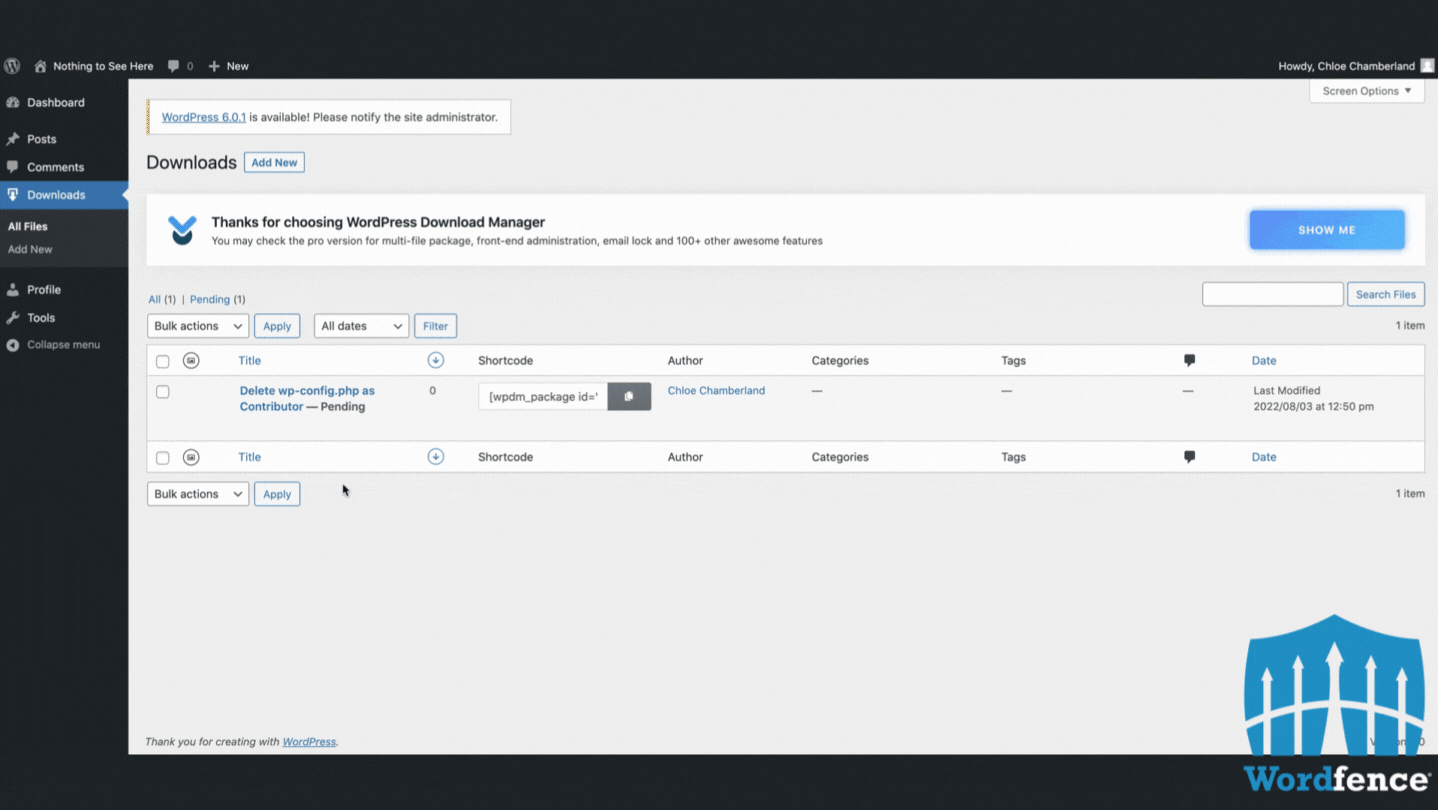The Internet of Things (IoT) is here, and we’re using it for everything from getting instant answers to random trivia questions to screening visitors at the door. According to Gartner, we were expected to use more than 25 billion internet-connected devices by the end of 2021. But as our digital lives have become more convenient, we might not yet have considered the risks involved with using IoT devices.
How can you keep yourself secure in today’s IoT world, where hackers aim to outsmart your smart home? First we’ll look at how hackers infiltrate the IoT, and then we’ll look at what you can do right now to make sure the IoT is working for you – not against you.
How hackers are infiltrating the Internet of Things
While we’ve become comfortable asking voice assistants to give us the weather forecast while we prep our dinners, hackers have been figuring out how to commandeer our IoT devices for cyber attacks. Here are just a few examples of how cyber criminals are already infiltrating the IoT.
Gaining access to and control of your camera
Have you ever seen someone with a sticker covering the camera on their laptop or smartphone? There’s a reason for that. Hackers have been known to gain access to these cameras and spy on people. This has become an even more serious problem in recent years, as people have been relying on videoconferencing to safely connect with friends and family, participate in virtual learning, and attend telehealth appointments during the pandemic. Cameras now often come with an indicator light that lets you know whether they’re being used. It’s a helpful protective measure, but not a failsafe one.
Using voice assistants to obtain sensitive information
According to Statista, 132 million Americans used a digital voice assistant once a month in 2021. Like any IoT gadget, however, they can be vulnerable to attack. According to Ars Technica, academic researchers have discovered that the Amazon Echo can be forced to take commands from itself, which opens the door to major mischief in a smart home. Once an attacker has compromised an Echo, they can use it to unlock doors, make phone calls and unauthorized purchases, and control any smart home appliances that the Echo manages.
Many bad actors prefer the quiet approach, however, slipping in undetected and stealing information. They can piggyback on a voice assistant’s privileged access to a victim’s online accounts or other IoT gadgets and make off with any sensitive information they desire. With the victim being none the wiser, the attackers can use that information to commit identity fraud or stage even more ambitious cyber crimes.
Hacking your network and launching a ransomware attack
Any device that is connected to the internet, whether it’s a smart security system or even a smart fridge, can be used in a cyber attack. Bad actors know that most people aren’t keeping their IoT gadgets’ software up to date in the same way they do their computers and smartphones, so they take advantage of that false sense of security. Once cyber criminals have gained access to an IoT device, they can go after other devices on the same network. (This is because most home networks are designed to trust devices that are already connected to them.) When these malicious actors are ready, they can launch a ransomware attack that brings your entire digital life to a halt – unless you agree to fork over a hefty sum in bitcoin, that is.
Using bots to launch a DDOS attack
Although most people never notice it, hackers can and do infect IoT devices with malware en masse, gaining control over them in the process. Having turned these zombie IoT devices into bots, the hackers then collectively use them to stage what’s called a botnet attack on their target of choice. This form of assault is especially popular for launching distributed denial of service (DDOS) attacks, in which all the bots in a botnet collectively flood a target with network requests until it buckles and goes offline.
How you can keep your Internet of Things gadgets safe from hackers
So how can you protect your IoT devices from these determined hackers? Fortunately, you can take back control by becoming just a little more cyber smart. Here are a few ways to keep your IoT gadgets safe from hackers:
- Never use the default settings on your IoT devices. Although IoT devices are designed to be plug-and-play so you can start enjoying them right away, their default settings are often not nearly as secure as they should be. With that in mind, set up a unique username and strong password combination before you start using any new IoT technology. While you’re at it, see if there’s an option to encrypt the traffic to and from your IoT device. If there is, turn it on.
- Keep your IoT software up to date. Chances are, you regularly install the latest software updates on your computer and phone. Hackers are counting on you to leave your IoT gadgets unpatched, running outdated software with vulnerabilities they can exploit, so be sure to keep the software on your IoT devices up to date as well.
- Practice good password hygiene. We all slip into bad password habits from time to time – it’s only human – but they put our IoT security at risk. With this in mind, avoid re-using passwords and be sure to set unique, strong passwords on each of your IoT devices. Update those passwords from time to time, too. Don’t store your passwords in a browser, and don’t share them via email. A password manager can help you securely store and share your passwords, so hackers never have a chance to snatch them.
- Use secure, password-protected WiFi. Cyber criminals are notorious for sneaking onto open, insecure WiFi networks. Once they’re connected, they can spy on any internet activity that happens over those networks, steal login credentials, and launch cyber attacks if they feel like it. For this reason, make sure that you and your IoT devices only use secure, password-protected WiFi.
- Use multi-factor authentication as an extra layer of protection. Multi-factor authentication (MFA), gives you extra security on top of all the other measures we mentioned above. It asks you to provide one more credential, or factor, in addition to a password to confirm you are who you say you are. If you have MFA enabled and a hacker tries to log in as you, you’ll get a notification that a login attempt is in progress. Whenever you have the option to enable MFA on any account or technology, take advantage of it.
Protect your Internet of Things devices with smart password security
The IoT is making our lives incredibly convenient, but that convenience can be a little too seductive at times. It’s easy to forget that smart home devices, harmless-looking and helpful as they are, can be targeted in cyber attacks just like our computers and phones. Hackers are counting on you to leave your IoT gadgets unprotected so they can use them to launch damaging attacks. By following these smart IoT security tips, you can have the best of both worlds, enjoying your smart life and better peace of mind at the same time.
Learn how LastPass Premium helps you strengthen your password security.
Source :
https://blog.lastpass.com/2022/08/password-security-and-the-iot/




